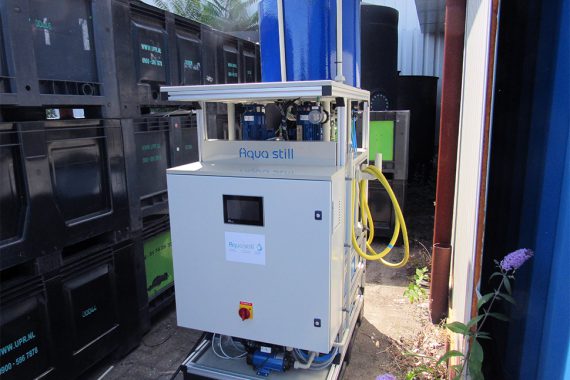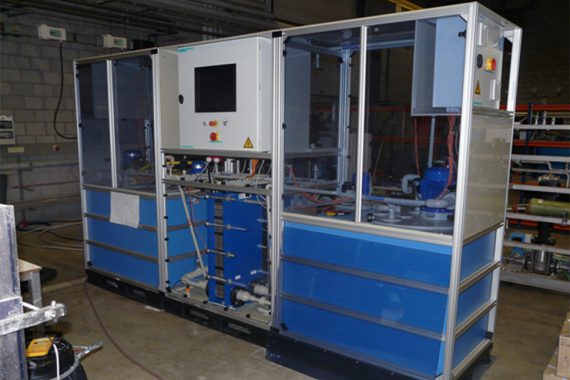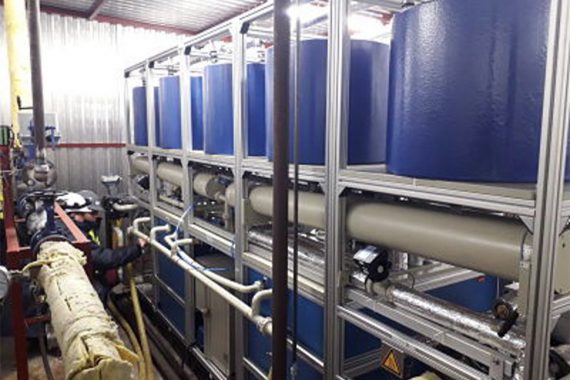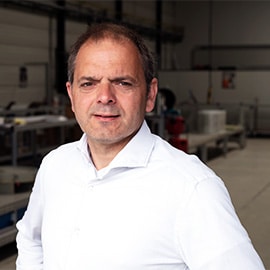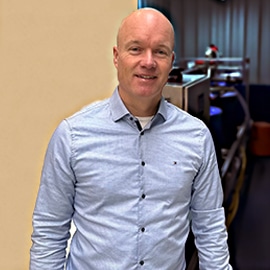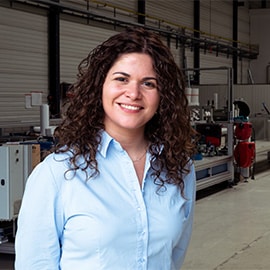Produce more potable water with less energy.
The average water consumption per tourist in remote touristic locations such as Barbados, Cyprus and Malta can reach 2,000 L per day, which can represent up to 7.3% of the national water consumption. In the costal zones of the Caribbean and Mediterranean, tourism even makes up the grand portion of water consumption. For example, hotels with a golf course can consume up to 1 million m3 of drinkable water per year.

Hence, desalination technologies are needed for resorts, hotels and/or local population in these remote islands far away from a large fresh water source. Most of these applications are using the conventional technology reverse osmosis (RO) to provide this need, powered with electricity from generator sets. RO however, is consuming large quantities of electricity, increasing the size of the genset and consequently fuel consumption. Providing large quantities of fuel in these locations can be a very costly venture.
Membrane distillation: waste heat as input and providing genset cooling.
In order to increase the product yield of potable water without increasing the already high energy consumption from the desalination process, membrane distillation (MD) can be coupled with the existing RO plant by taking advantage of the waste product of the generator set – waste heat – that is usually disposed. MD being a thermally driven process that uses a very small portion of electrical energy (water circulation at low pressure), can both consume this waste heat as input thermal energy for the process, as well as providing cooling for the genset.
A very promising and sustainable approach for water supply in remote locations.
Since MD can operate at much higher salinity then RO, the intended setup is to use the concentrated brine from RO to feed the MD system, which can tolerate salinities up to 150,000 mg/L. This means that the overall potable water recovery of this system could be as high as 75% compared to the usual 50% of the RO alone. Because a greater volume of potable water is being produced with a small increase of electrical consumption (approximately 0,5 kWh/m3 for MD while for RO is 3.5 kWh/m3), the overall energy costs per volume of water produced are decreasing when coupling MD to RO. Additionally, since for the RO system some pre-treatment is already in place to avoid scaling in the membranes, no additional pre-treatment is necessary for the MD system.
To resume, with this better use of thermal energy, and the fact that MD can significantly increase the amount of potable water recovered in the desalination process, makes the coupling of the two technologies a very promising and sustainable approach for water supply in remote locations.
Contact



